Our Story
From selling pickles in the streets of Manhattan to becoming a multibillion dollar company.
Bloch & Guggenheimer and the B&G brand were founded in 1889 by the Bloch and Guggenheimer families, immigrants who came to America seeking a better life. They began by selling pickles in the streets of Manhattan, and the B&G brand continued to grow over the years because the Bloch and Guggenheimer families steadfastly placed the quality of their products above all else. The B&G brand formed the nucleus of B&G Foods when it was founded in 1996.
1822
An Englishman named William Underwood starts a small condiment business in Boston.
1861-1865
William Underwood sells numerous canned foods to Union troops during the Civil War.
1864-1870
After William Underwood dies in 1864, his sons take over the business. They experiment with a process they called ‘devilling,’ which mixes ground ham with special seasonings. A signature product results in 1868, as did the Underwood® Devil logo, which is trademarked in 1870, and is believed to be the oldest registered trademark still in use for a packaged food product in the United States.
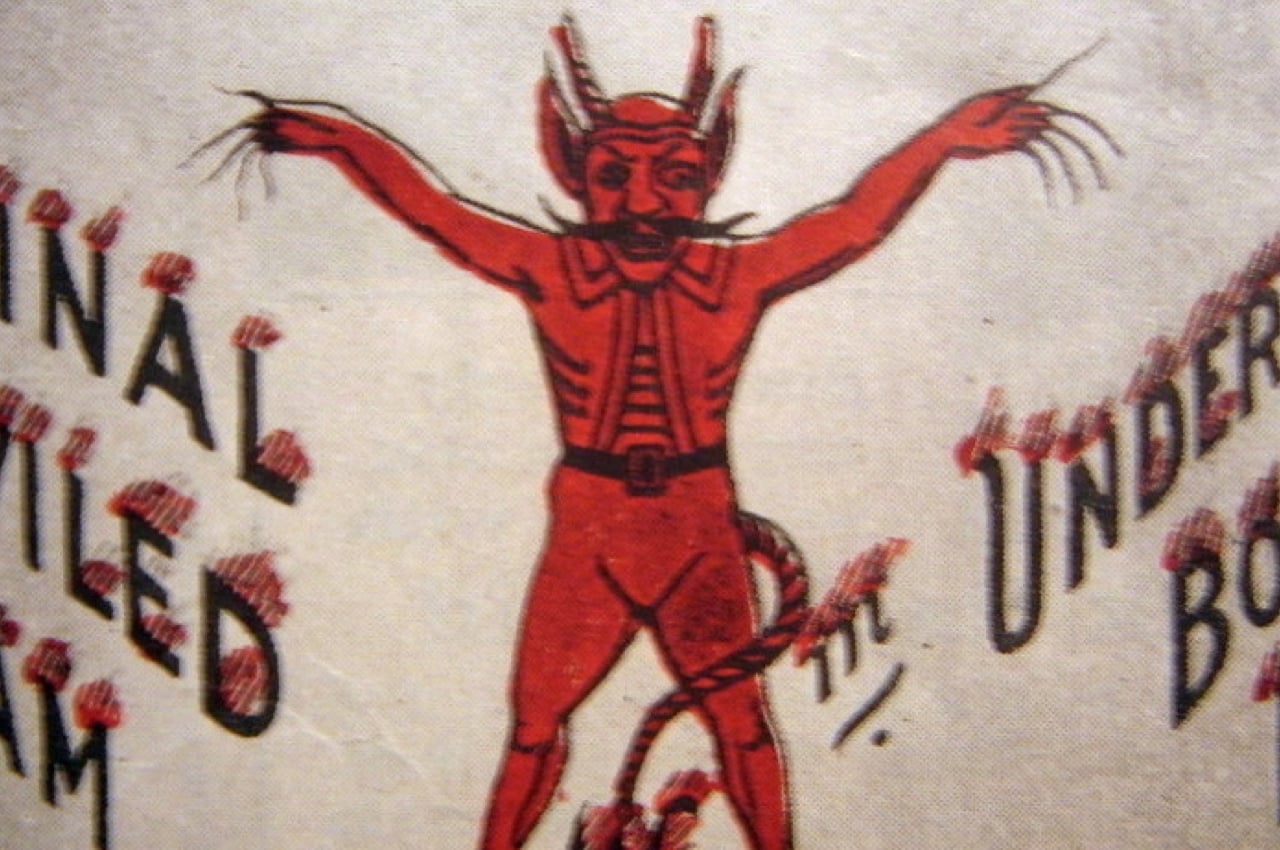
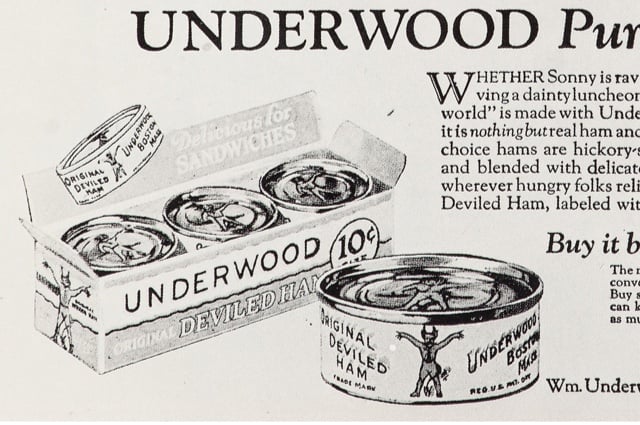
1867
George Burnham starts his own food canning business. He is soon joined by Charles Morrill, and Burnham & Morrill Company is born. Products included canned meat and fish as well as vegetables.
1889
Joseph Bloch and Julius Guggenheimer begin selling pickles in the streets of Manhattan.
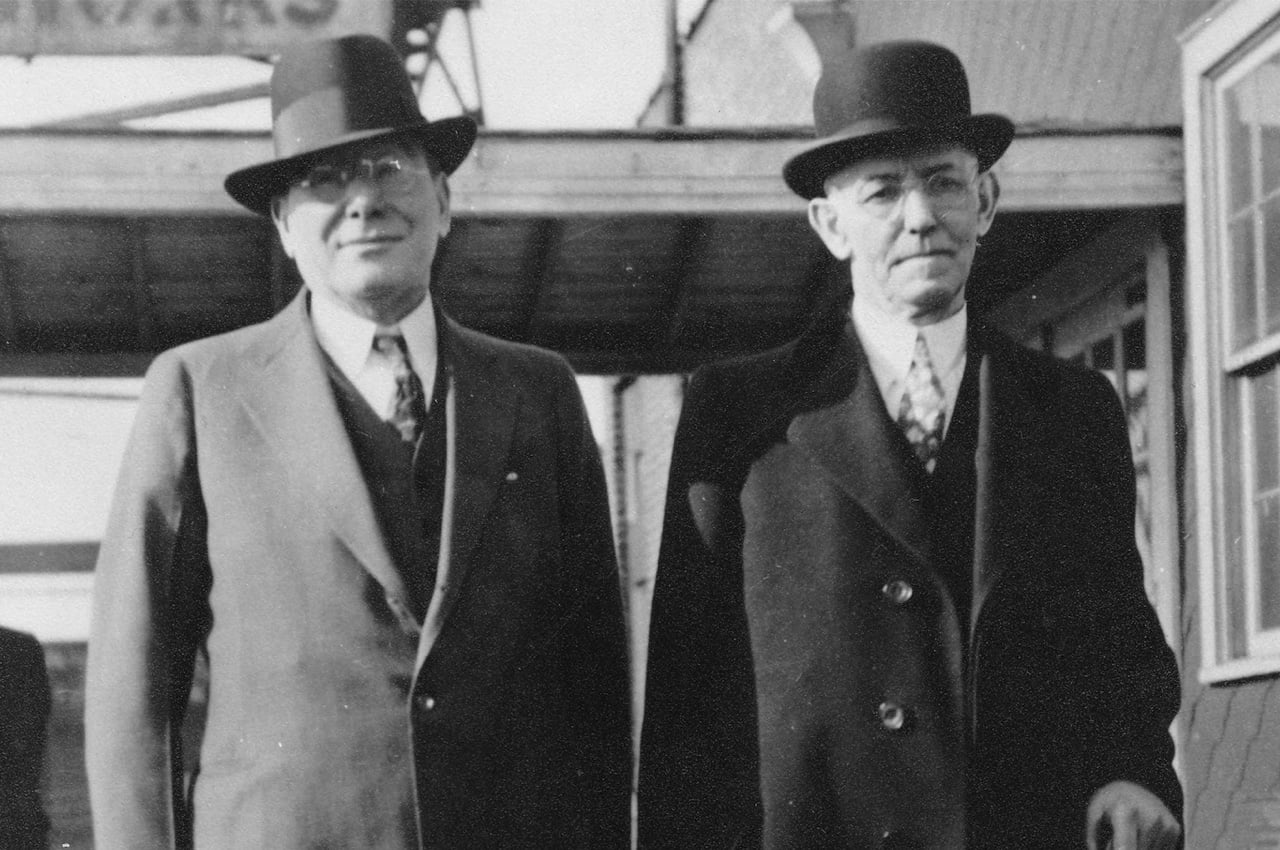
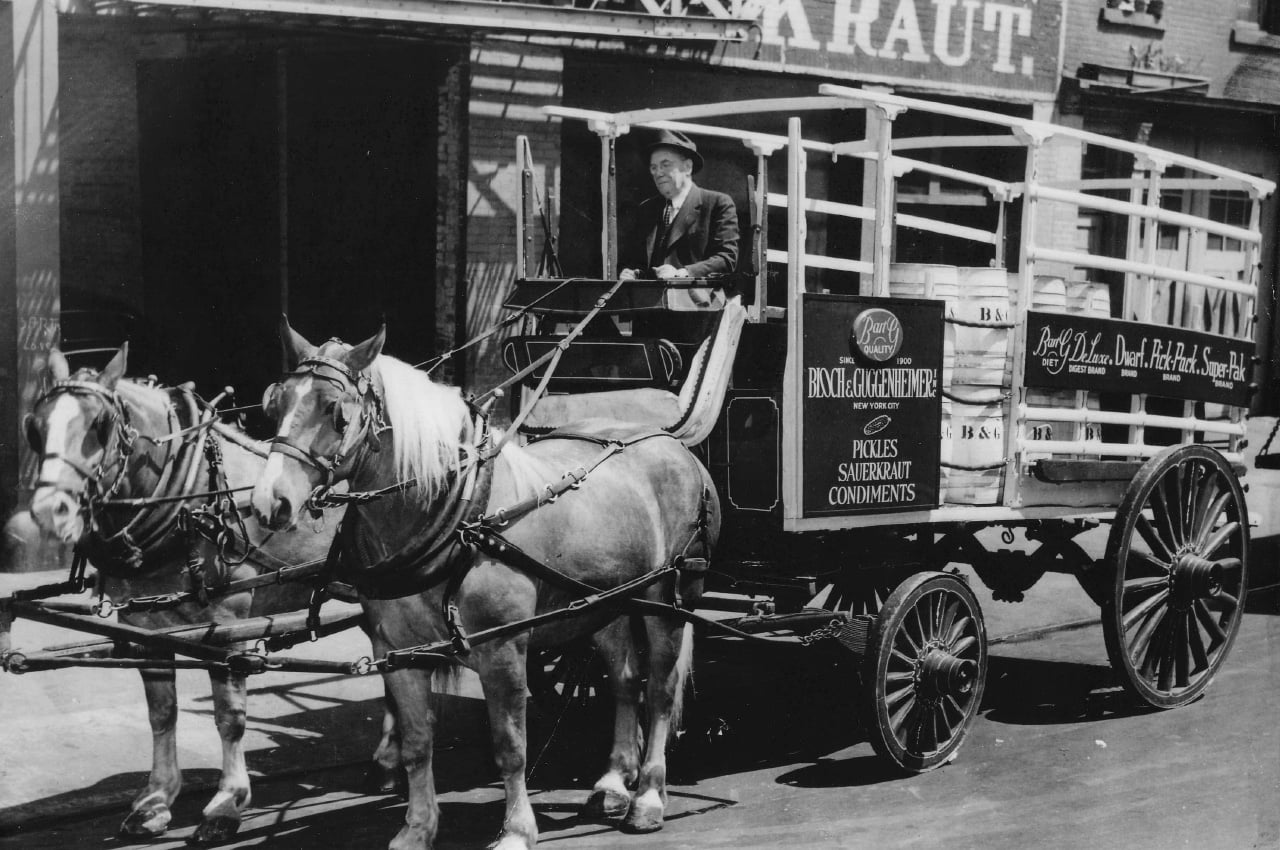
1893
Cream of Wheat® is introduced. Today, Cream of Wheat remains among the leading and one of the most trusted and widely recognized brands of hot cereal sold in the United States.
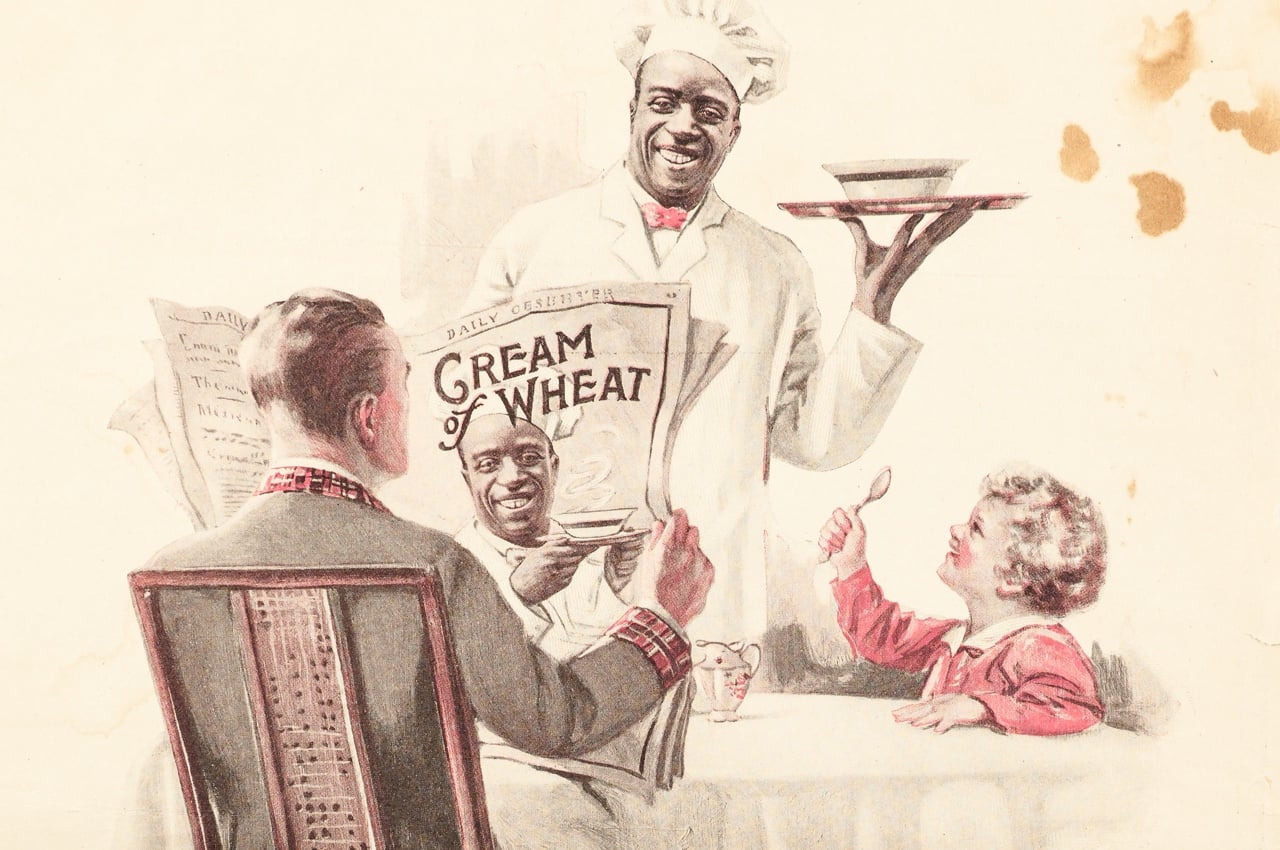
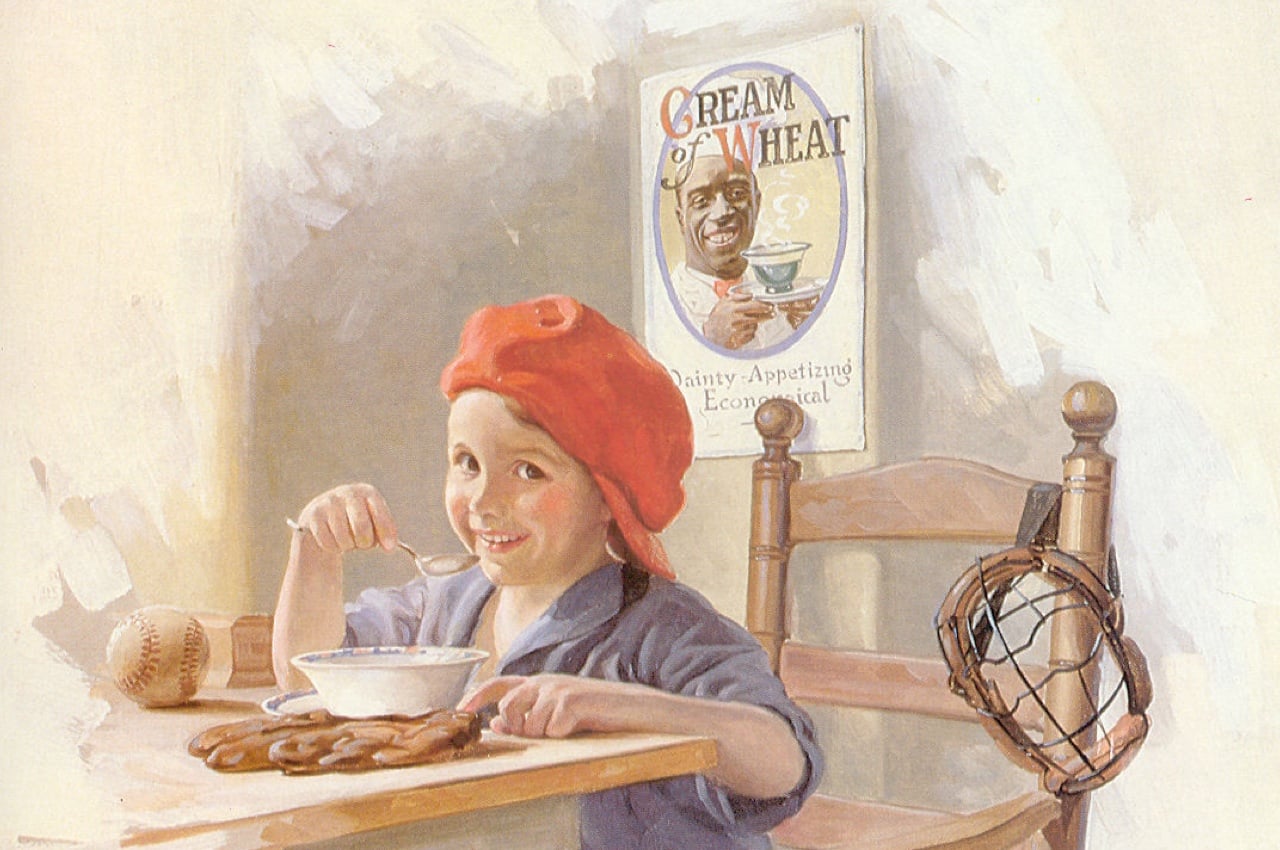
1897
In the 1800s, Maria Concepción Jacinta Dominguez, or as we like to call her, Mama Ortega, and her beloved family live in Ventura, California, in a small three-room adobe, common to the Spanish settlements of the time. Inside the thick adobe walls, Mama Ortega creates a loving home for her 13 children (yes, 13!) centered around the tiny kitchen. With all those kids to feed, dinner is a major feat indeed. Mama's memorable cooking does more than just bring her family together. It is in Mama's kitchen that her 11th child, Emilio, established the Ortega Chile Packing Company. Yep, the first commercial food operation of its kind in the State of California was created in the same place Mama created all those unforgettable meals.
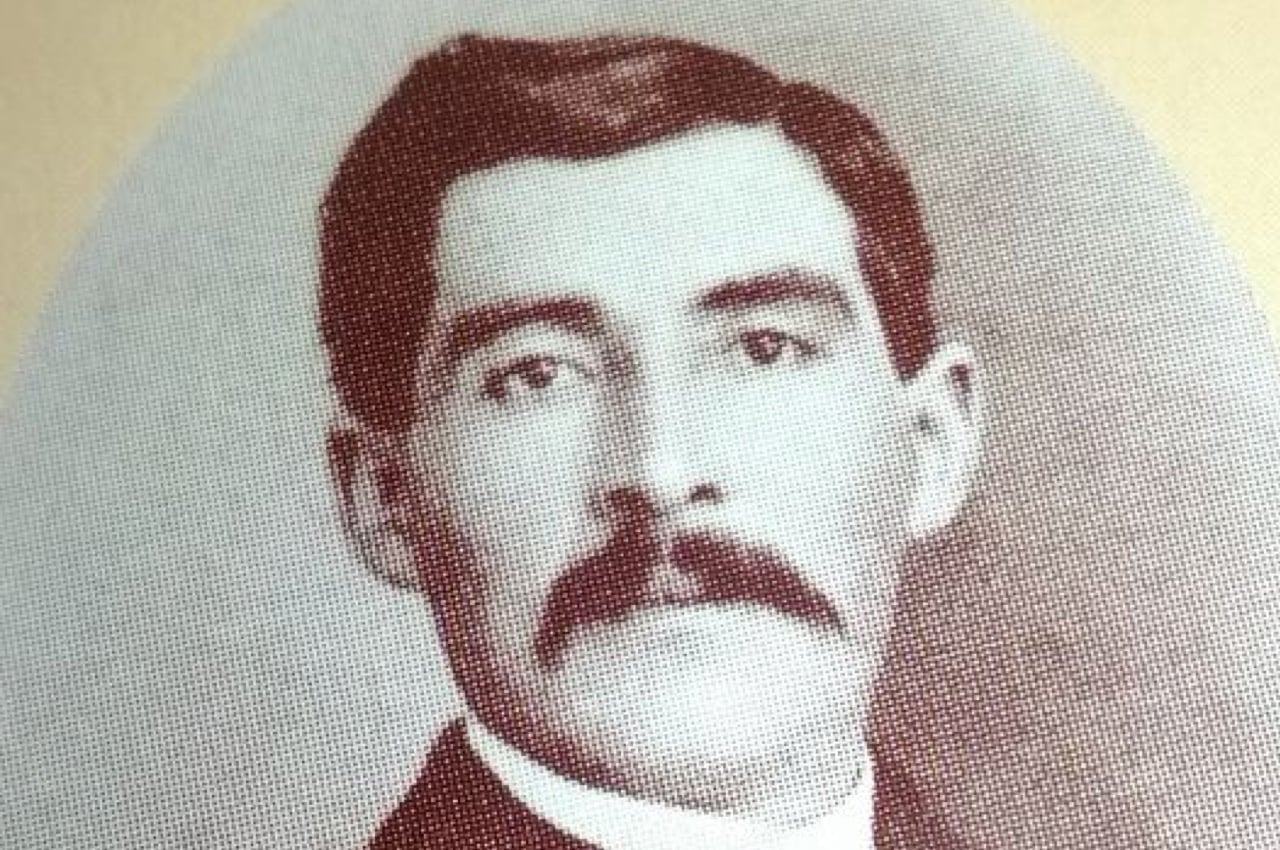
Late 1800s
Max Polaner and his wife, Lena, start preserving fresh fruits and picking fresh vegetables somewhere before the turn of 1900. Back then, the Polaner® operation was a room next door to their fruit and vegetable store at 370 Bank Street in Newark, New Jersey. Once Max and Lena saw how quickly customers were falling in love with the jellies, preserves, sauerkraut, pickles, and other goods they were selling as a “side business,” they began selling their wares through other Newark stores. Soon, this husband and wife team’s reach was moving beyond the neighborhoods of Newark and extending into the high-quality food stores throughout the New York and New Jersey metropolitan area.
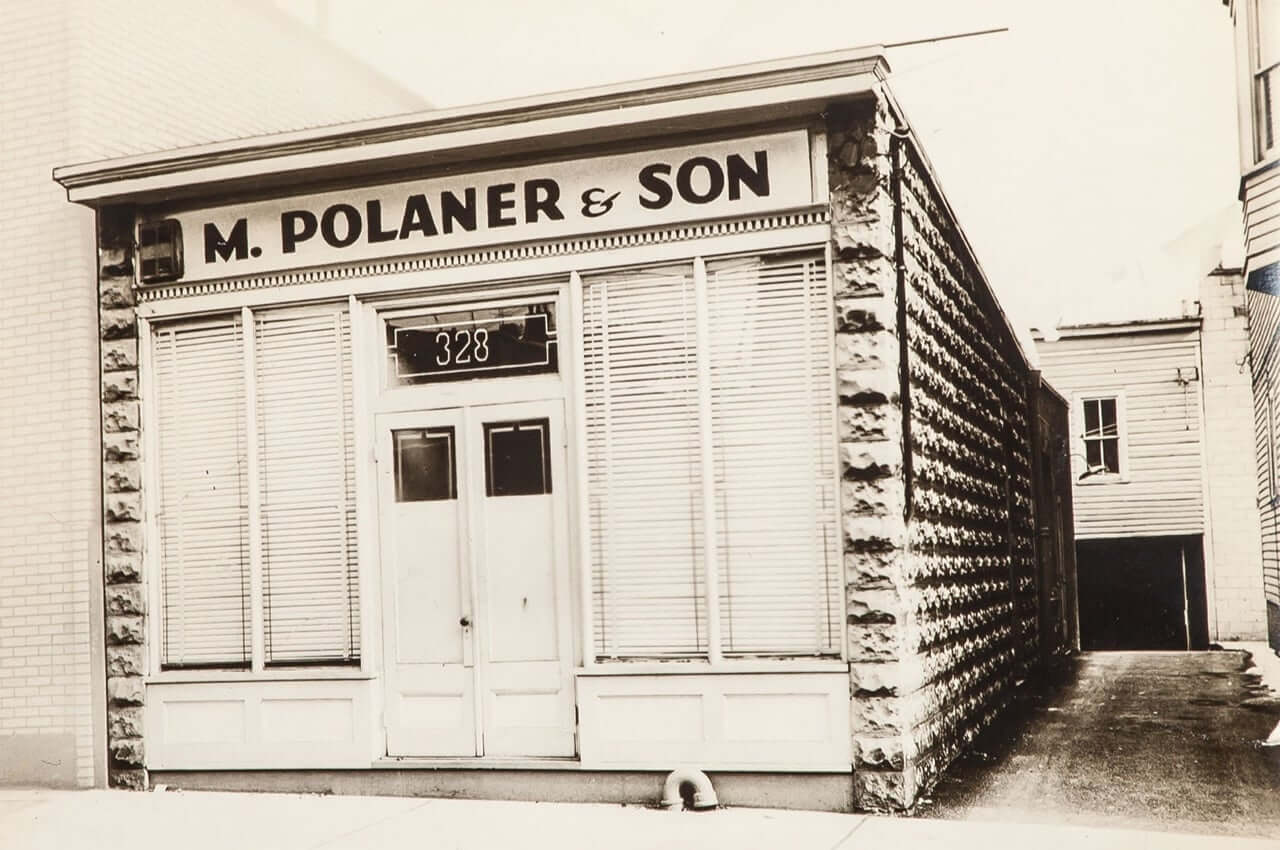
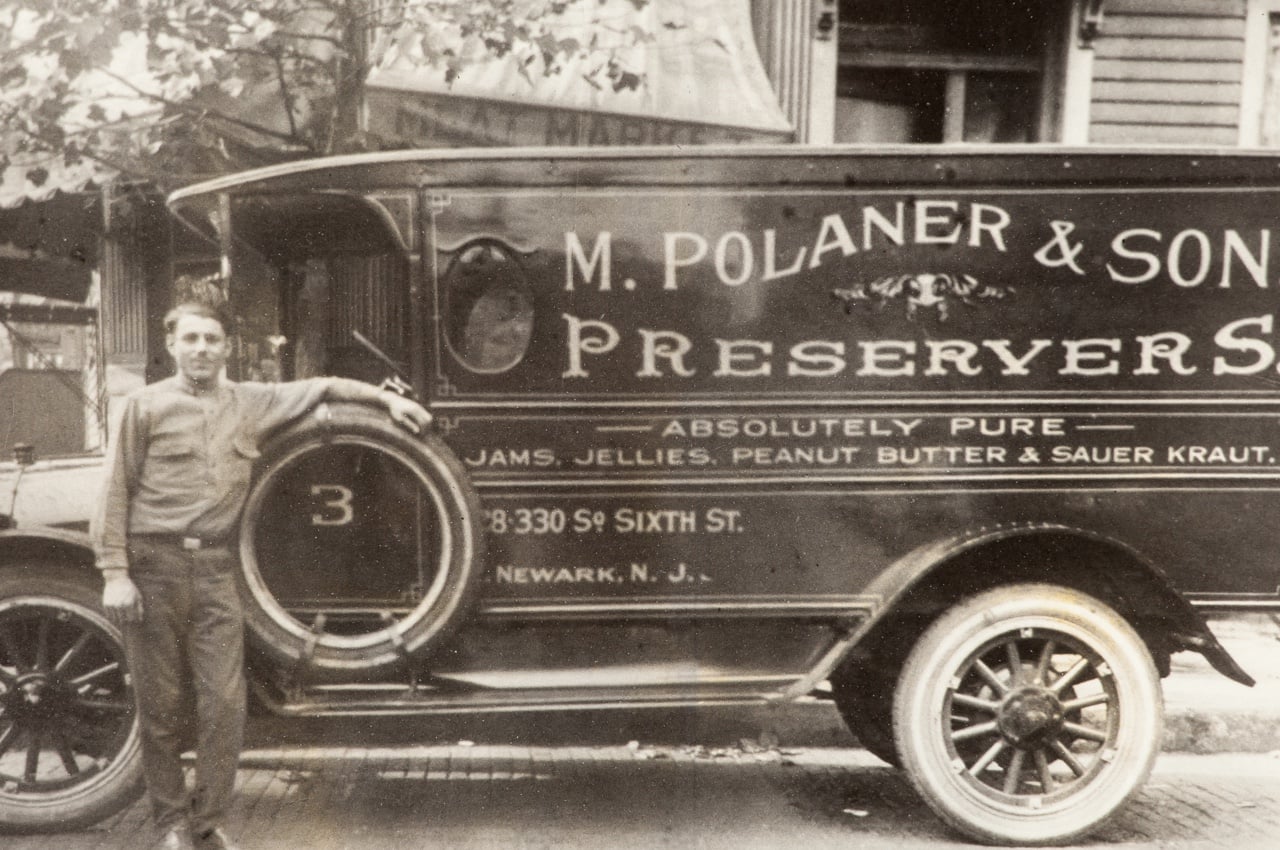
1903
The Green Giant® and Le Sueur® brands trace their roots to the Minnesota Value Canning Company, a small canned vegetable company in Le Sueur, Minnesota, that was incorporated in 1903. In 1960, the Minnesota Valley Canning Company changes its name to the Green Giant Company.
1913
B&M® moves from its original location at 13 Franklin Street, Portland, Maine to a state-of-the-art four-story cannery at One Beanpot Circle on Casco Bay, also in Portland. The B&M facility was a New England landmark, seen by thousands of motorists daily, and continued to operate at that location for more than 100 years until 2021.
1915
Maple Grove Farms of Vermont® has its sweet beginnings in 1915 when Helen Gray and Ethel McLaren begin perfecting maple confections on the family farm.
1925-1928, 1961 and 1973
The Green Giant brand is born when the Minnesota Valley Canning Company begins marketing Green Giant peas. In 1928, the Giant first appears in advertising. The original mascot has very little in common with the familiar green figure of today. In 1935, a young copywriter, Leo Burnett, revises the face of the brand by trading the bearskin for a leafy suit, gives the Giant a smile and puts the word 'Jolly' in front of the Giant’s name. The Giant makes his first television appearances in 1954. In 1961, the booming “Ho, Ho, Ho,” becomes the Giant’s signature tagline and he is given a song called “Good Things from the Garden.” In 1973, he acquires a young apprentice, the Little Green Sprout.
1927
To make up for declining sales in other product lines, B&M in the 1920s begins to experiment with baked beans, which until that time had not been canned successfully. Using the traditional New England brick oven method, B&M introduces its Brick Oven Baked Beans in 1927 and soon begins advertising on a national basis. As the company discontinues its fish packing and chowder products following World War II, baked beans becomes B&M’s main product.
1983
Mrs. Dash® is introduced as the original brand in salt-free seasonings. Today, Mrs. Dash’s brand essence, “Salt-Free, Flavor-Full,” continues to resonate with consumers and underscores the brand’s commitment to provide better-for-you products that fulfill consumers’ expectations for taste.
1986
In 1986, under the leadership of Leonard Polaner, grandson of Max and Lena, Polaner introduces the newest innovation in the preserve category—Polaner®All Fruit®. Sweetened only with fruit and fruit juice, Polaner All Fruit exists as a naturally sweetened, quality product and becomes a staple in America’s homes. Fueled by the popularity of its famous, “Don't DARE Call It Jelly!"® TV advertising campaign, Polaner is truly one of America’s favorite fruit spreads.
1996
New York investors, led by the firm Bruckman, Rosser, Sherrill & Co. and aided by Len Polaner, Dave Wenner and Bob Cantwell, form B&G Foods to acquire Bloch & Guggenheimer, Inc. and Burns & Ricker, Inc. (whose bagel chip business has since combined with and is now known as New York Style).
2004
B&G Foods completes its initial public offering of Enhanced Income Securities, a hybrid security that consisted of both common stock and a bond rolled into one instrument. The EISs traded on the American Stock Exchange and then the New York Stock Exchange until 2009.
2007
B&G Foods’ common stock begins trading as a separate security on the New York Stock Exchange.
1997-Present
B&G Foods completes 26 acquisitions and grows from $129 million in net sales in fiscal 1997 to $2.16 billion in net sales in fiscal 2022.
